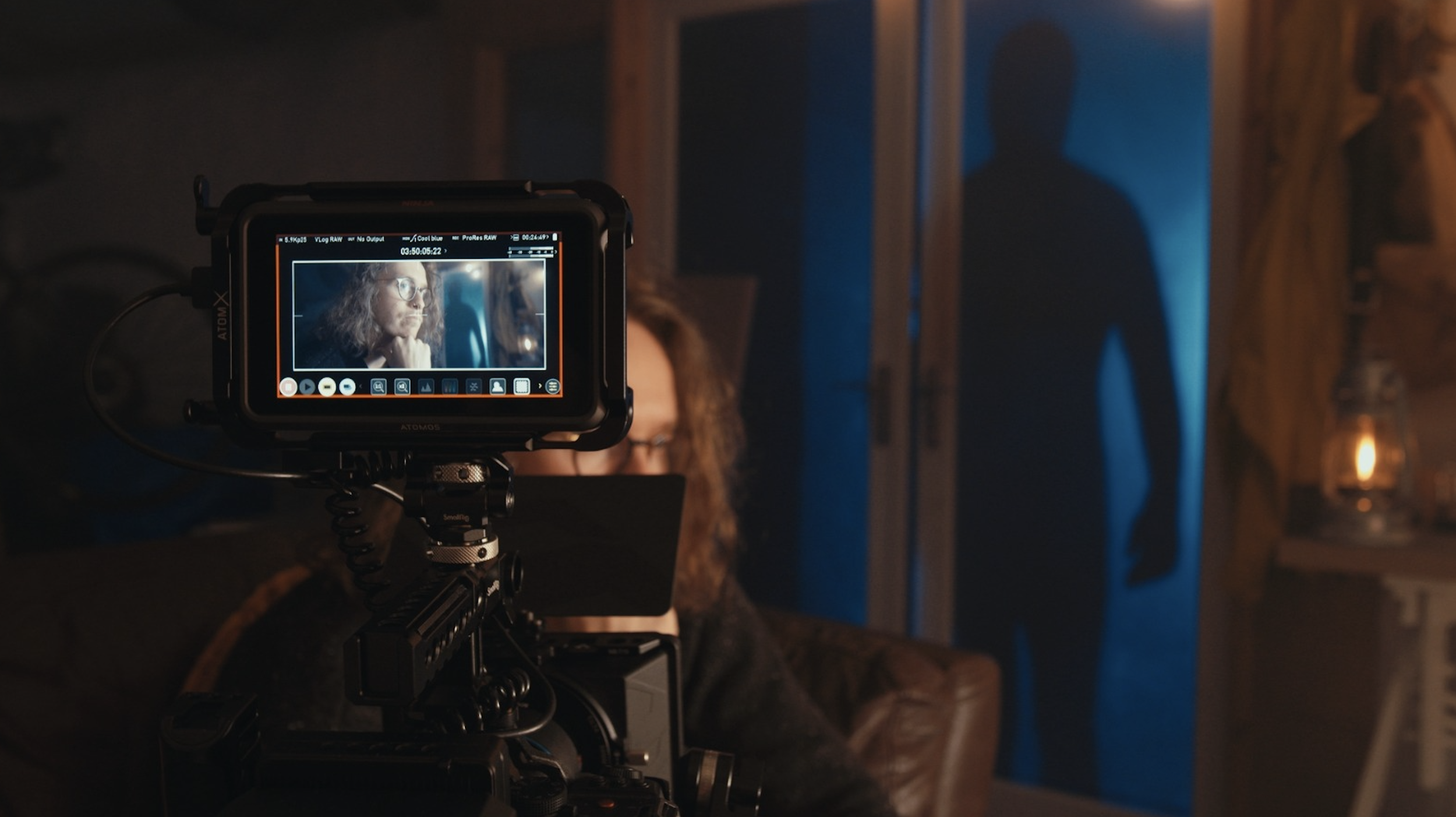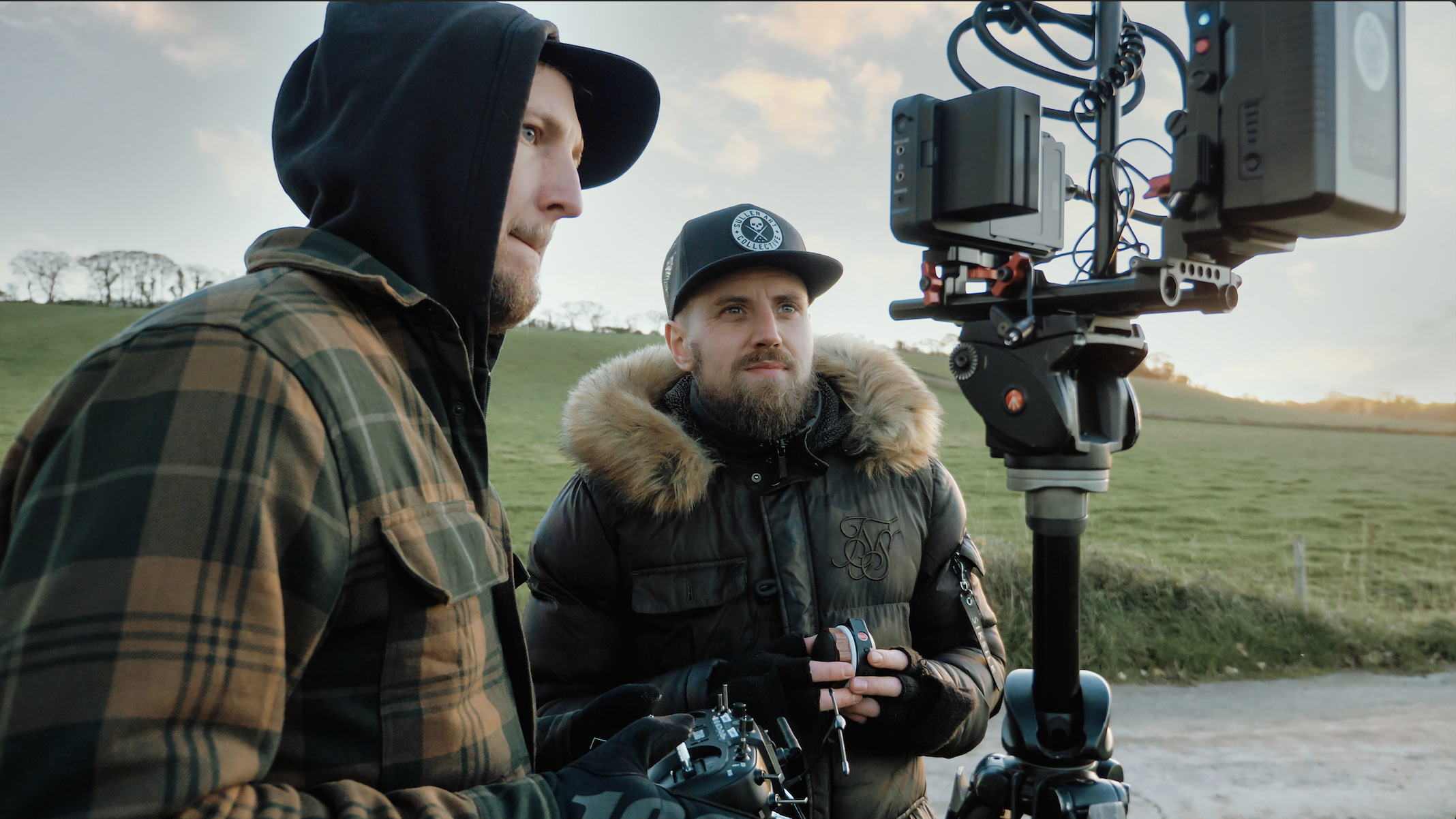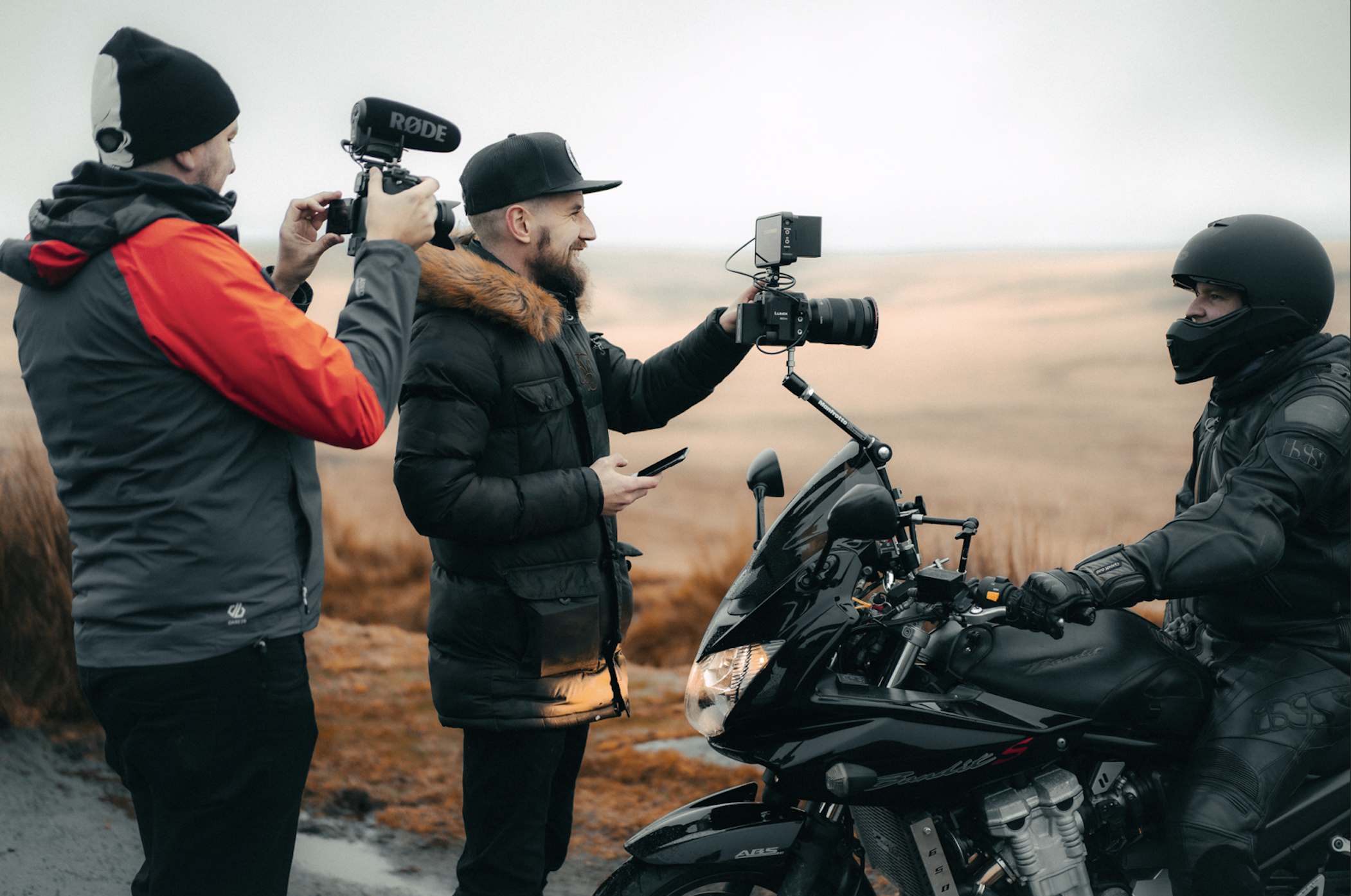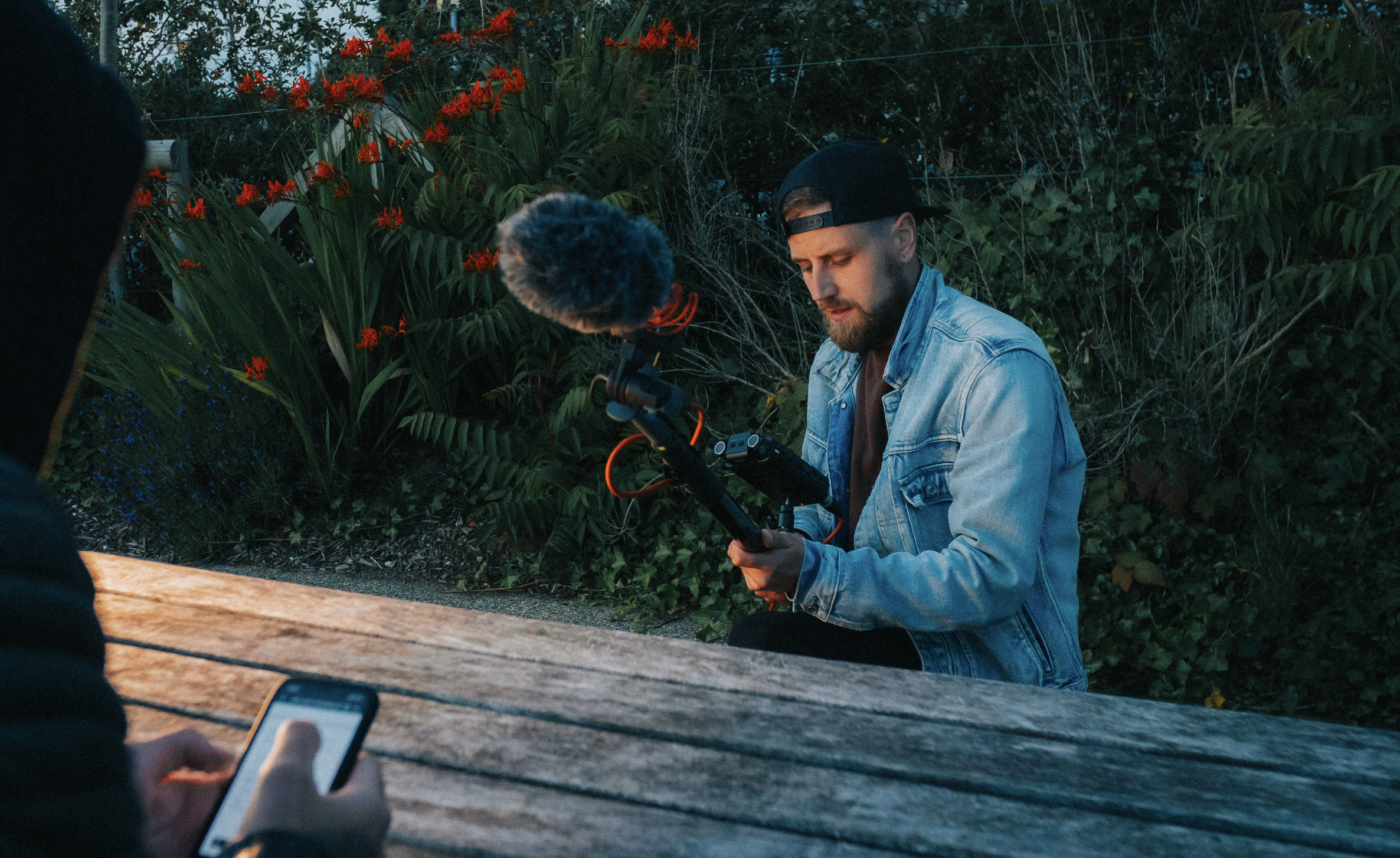Production Value: What is it, and why does it matter?
Video Quality: The Crucial Role of Production Value
When it comes to creating a video or film, the concept of ‘production value’ basically determines perceived ‘quality’, and it is determined by the level of professionalism that went into the production of the work. It encompasses a myriad of elements that, when combined, elevate a video from ordinary and amateur, to extraordinary and professional. The same rules apply regardless of the type of video being created, whether that be a narrative film, documentary, commercial, branded promotional film, music video or even a wedding film.
Creating a high production value is important because, by definition, every video has a purpose, and is created for a specific reason. It’s also being created, presumably, with the intention of wanting others to watch it. Production value plays a huge part in overall quality and therefore, the likelihood that others are actually going to want to watch it.
We all know a quality video when we see one. Conversely, a person with absolutely no knowledge whatsoever about what physically goes into the creation of moving images will watch a poorly executed video and still be able to determine that it’s not very good, or is of poor quality, even if they can’t necessarily put their finger on why.
There are many, many factors that contribute to the ultimate end result, from pre-production planning, all the way through to the final edit. Depending on the production, it’s often an incredibly long and in-depth process. It is also true that a video can technically have a high production value, but still miss the mark, or fail to achieve its attended aim. But that’s a conversation for another time!
So what determines production value?
There are far too many production elements to break down in one short blog post, however there are a number of key elements that play a huge part in the execution of any production big or small;
1. Cinematography: The Art of Visual Storytelling
At the heart of every compelling video or film is cinematography. Cinematography is the art and science of capturing moving images on film or digital media. It involves the careful orchestration of various visual elements such as; camera angles, framing and composition, lighting and colour, and camera movement, to convey a narrative or evoke specific emotions. Every single one of these elements is carefully thought out. For example, a cinematographer doesn’t just move a camera for no reason, rather, they consider what the purpose of moving the camera actually is, and what that movement may convey to the viewer.
Cinematographers, also known as directors of photography (DP/DoP), play a crucial role in shaping the visual language of a film or video production. A skilled DP can transform a visually mundane scene into a feast for the eyes. A keen eye and talent for cinematography therefore not only enhances the overall aesthetics of a video, but also communicates the intended message with depth and impact.
Cinematography isn’t something just anybody with a camera can rock up and do. They must possess a deep understanding of camera equipment, lenses, lighting, and post-production processes. The technical aspects require constant learning and experimentation, and it takes many years to build up the theoretical knowledge and practical experience needed to execute all of these elements at a high level. Most pro cinematographers will likely tell you - the learning never stops, no matter how long you have been doing it. There is always something new to learn.
In essence, cinematography is a delicate balance of technical expertise, theoretical knowledge, artistic vision and talent. The difficulty lies in seamlessly integrating these elements to create a visual tapestry that not only captures the audience's attention but also enhances the story in profound ways. It's a challenging yet rewarding craft that requires a passion for storytelling through the lens of a camera.
2. Professional Lighting
Contrary to popular belief, the camera being used is arguably not the most important thing. Perhaps the single most important factor when it comes to production value is lighting, and this is where the science comes in. A professional cinematographer, DoP or video producer must have a deep understanding of light, and how it works. In a nutshell, physics!
There’s one reason for this. A poorly lit scene in front of the lens will always look poor, no matter what camera is being used. This rule is universal, because the photographic process is literally the process of light hitting the film or digital sensor, and subsequently exposing an image.
Lighting goes beyond merely illuminating the subjects; it creates a visual language that enhances the storytelling. It creates ambiance and mood to influence the viewer’s emotional response. It creates shadow and depth to the visuals, making the subject stand out against the background and environment. It provides consistency for visual continuity. It guides the viewer’s focus to draw attention to crucial elements within a frame, whether that be highlighting a product in a commercial or emphasising a character's facial expression in a dramatic narrative scene.
Lighting silently shapes the mood and atmosphere of a scene, but not any old light will do. Professional lighting is a huge subject in its own right, but in a nutshell, film lights are purpose made for the job.
The importance of lighting therefore cannot be understated. I am often asked by others for recommendations when it comes to filmmaking and video production equipment. The talk is almost always predominantly focused around cameras and lenses, however my answer is always the same - don’t forget the importance of investing in quality lighting.
3. Production Design & Location Management: Setting the Stage
Whether it's a carefully crafted set or a thoughtfully chosen location, the location combined with production design plays a pivotal role in enhancing the overall look and feel of a video. Choosing the right location to shoot in, and managing any physical object that will be seen within a frame is essential in order to immerse the audience in the story being told.
4. Post-Production & Editing
A skilful editor will take a cinematographer’s (and/or director’s) vision and make it shine. It is true to say that the magic often happens in the editing room, where raw footage is transformed into a cohesive and impactful story. Skilful editing means knowing how and when to make a cut, and why. It includes the use of colour grading to evoke feeling, transitions to add energy, and a keen understanding of pacing, among many other things. A professionally edited video keeps the audience engaged and amplifies the emotional resonance of the content.
5. Sound Design
Audio is an often underestimated aspect of production value. Massively so in fact. It’s also one area of video production that can too easily be neglected.
They say that a person can tolerate slightly below par video quality, provided the audio quality is still good, however they cannot tolerate sub par audio no matter how good the visuals. I do believe this is true, and creating a quality soundscape to compliment the visual aspects is another science in its own right.
Clear, well-mixed sound enhances the viewing experience, drawing the audience into the story being told. Quality dialogue, ambient sound, and a fitting score or musical accompaniment contribute to the overall immersive experience of the video.
The importance of music too cannot be overstated. Music quite literally sets the tone of a film or video. In fact, you can create two very different videos from the same source footage, by changing the music alone. The power of music in film deserves its own blog post soon, I think!
Why Production Value Matters: Making an Impression
In a digital landscape saturated with content, production value becomes a distinguishing factor. A video with high production value not only captures attention but also leaves a lasting impression. Whether you're creating content for entertainment, education, or marketing, investing in production value communicates a commitment to excellence and professionalism.
In the competitive world of video production, where attention spans are fleeting, production value emerges as a key player. It's not just about creating videos. It's about creating experiences. By paying attention to cinematography fundamentals, considering what equipment to use and why, locations and production design, editing, and sound design, a video producer can elevate their work, leaving a lasting impact on their audience.
So, if you’re in the process of considering the commission of your own video or film, remember: the devil is in the details, and the details all contribute to production value.







